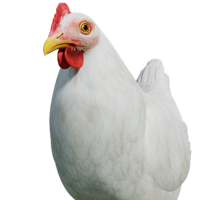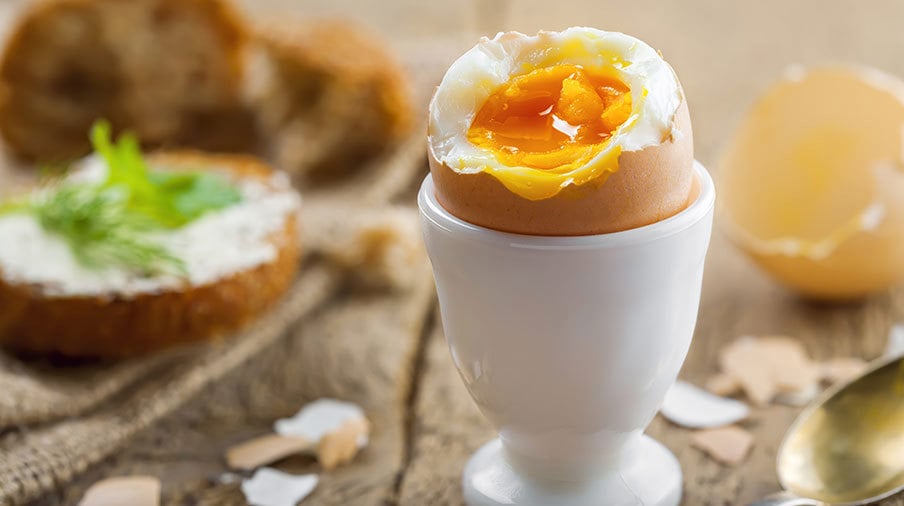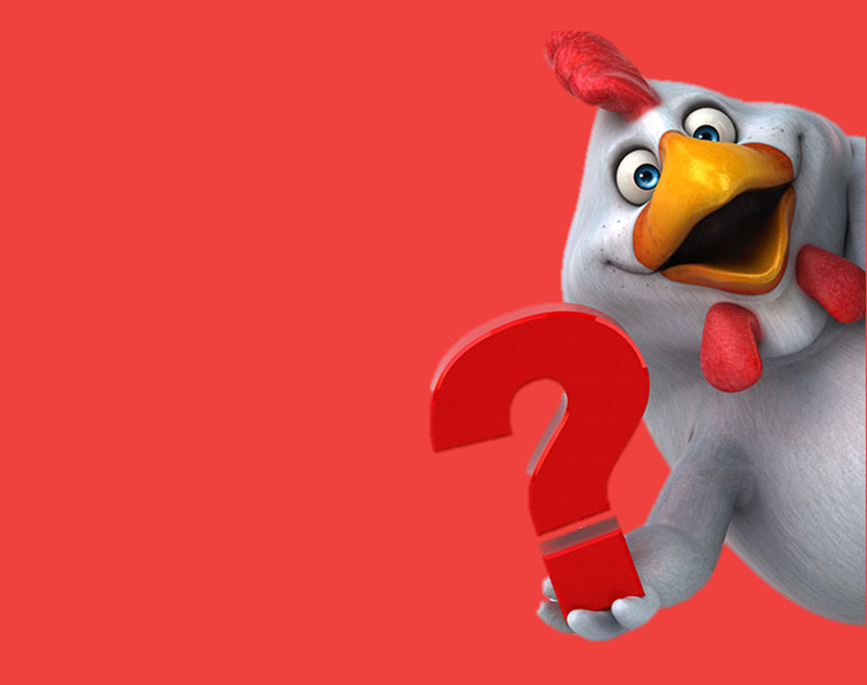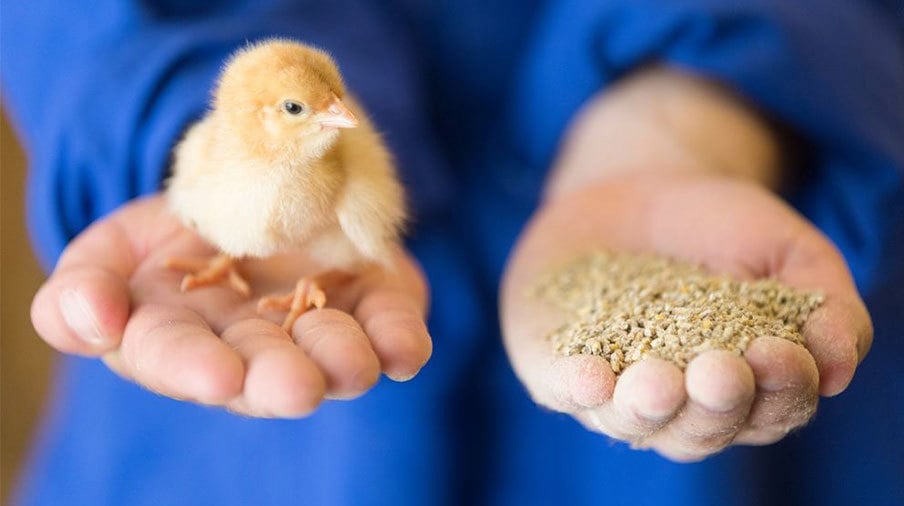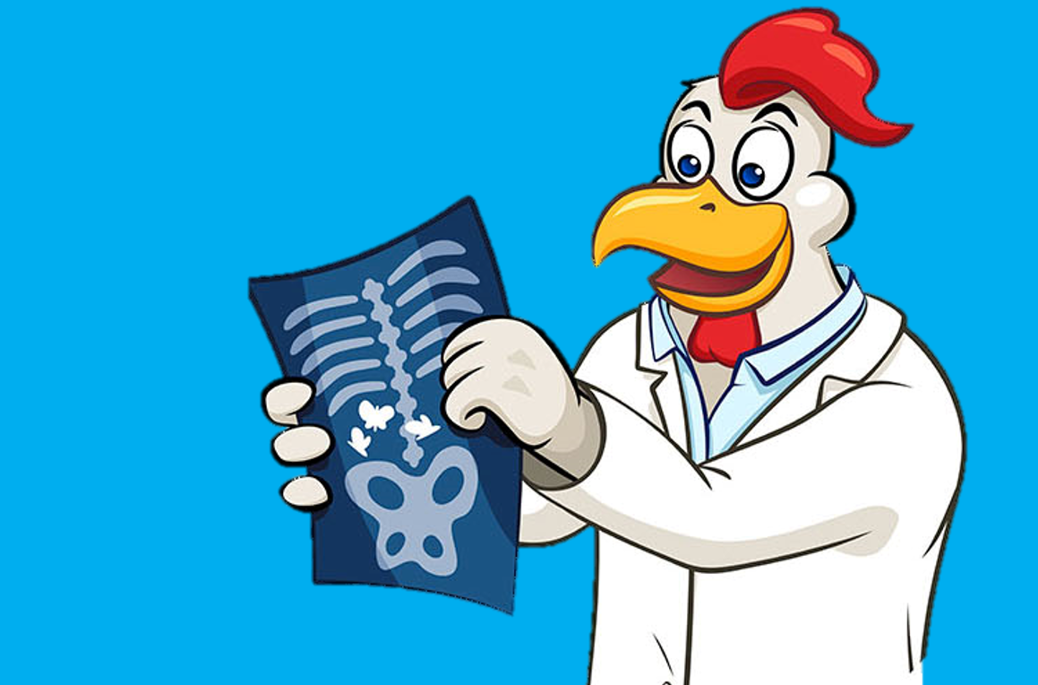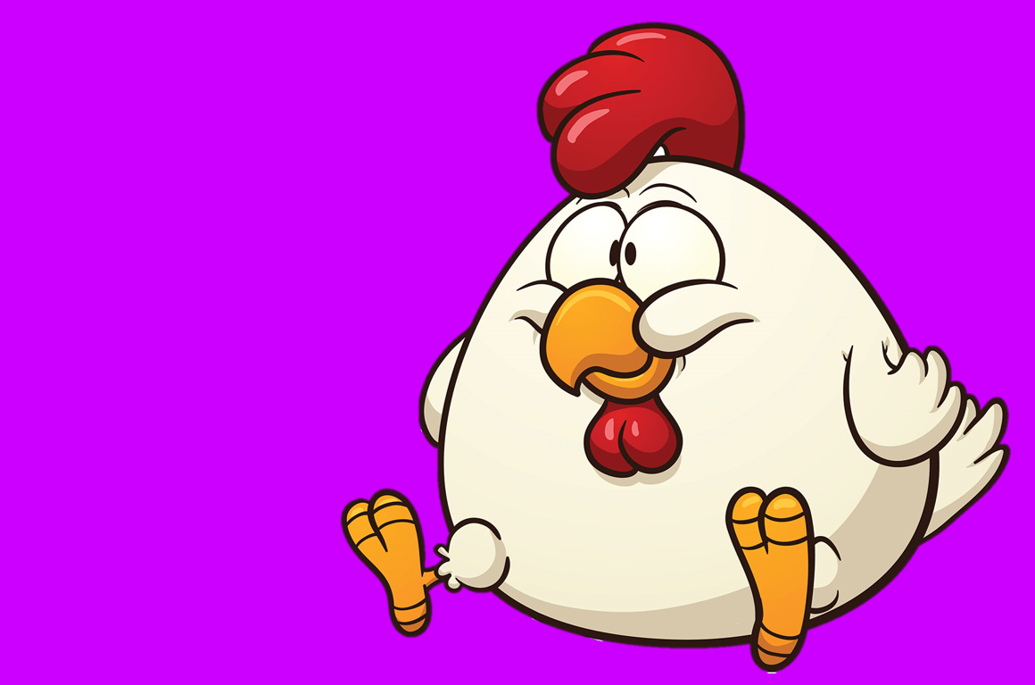
Chicken for dinner
Broilers (chickens reared for meat) are rather special chickens. They grow rapidly and their breasts especially can be very big. Chicken breast might also be called chicken fillet. Read all about a chicken’s journey from an egg to your plate.
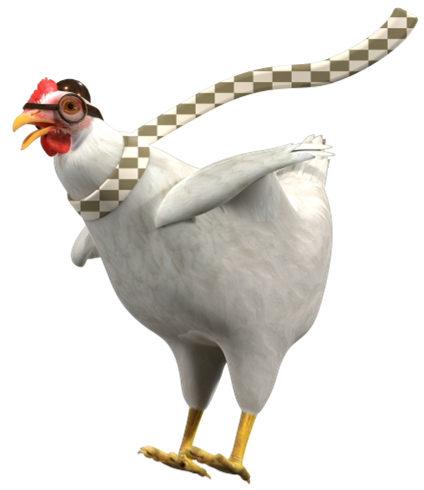
How chickens grow
Broilers are rather special chickens that grow rapidly and are reared especially for their meat. They can weigh between 2 and 2.5 kilograms after 5 to 6 weeks. There are also chickens that grow more slowly and are older when they go to slaughter, at about 7 to 8 weeks old.
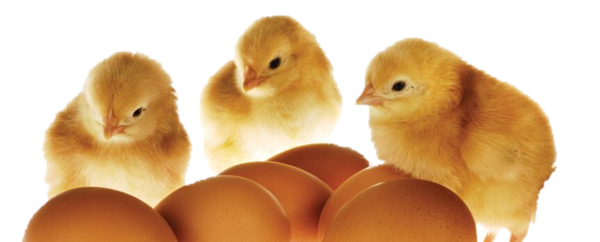

Take a look inside the shed
It all starts with an egg
The life of a broiler starts when it is just an egg! However, there is a big difference between an egg you eat and an egg that hatches into a chick. The egg with a chick inside has been fertilised by the male chicken: the rooster..
The fertilised eggs laid by hens are called hatching eggs. These eggs are not hatched by the hen, but they also go on to a conveyor belt. They are first checked and disinfected, and then placed in incubators to keep them warm. Then they go to a special pre-hatching cabinet. The eggs are turned every hour, so that the chick stays exactly in the centre of the egg.
After 18 days, we look inside the egg for a little chick. We call this process ‘candling’. This can be done by shining bright light on the egg shell, for example. Then we can see exactly whether there’s a chick inside the egg or not. The empty eggs are then thrown away and the ones with a chick inside continue on their journey.
Tap, tap, tap….
The eggs go to the hatcher, where they are kept warm until they hatch. Hatching means that the chicks tap on the egg with their beak to break the shell and crawl out. As many as 50,000 eggs will can hatch at the same time – imagine how busy it gets! When the chicks have dried enough, they come out of the hatcher and are put in containers to be moved to the shed on the broiler farm.
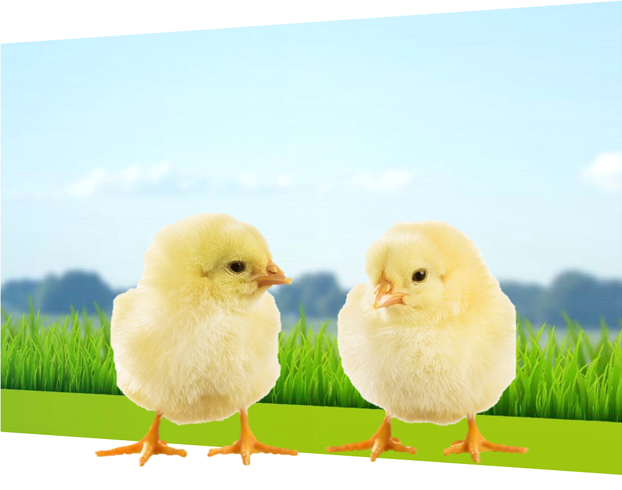
Did you know that, on some farms, the hatching eggs don’t go into a hatcher after they have been candled, but straight into the shed where the chicks will live? The shed is nice and warm: 34 to 35 degrees Celsius! And if they are already in the shed when they hatch, that means they can eat and drink right away.
Rush hour in the shed
It’s all hustle and bustle in a cosy shed full of chicks. A chick gets bigger every day, so after a while they need more space. That’s why some fast-growing chicks go to slaughter after five weeks. This gives the other chicks more space in the shed. The smaller chicks might be destined for the rotisserie or grill. That’s Dean’s favourite food: grilled chicken and chips, with ketchup of course.
From chick to chicken breast
A broiler weighs about 2 to 2.5 kilograms when it goes to the slaughterhouse to be processed for our plate. Slaughterhouses are designed to be as humane as possible, especially in the Netherlands and Europe. Broilers are first put to sleep in a chamber with carbon dioxide (CO2) before they are slaughtered. This means they don’t notice anything when it happens.
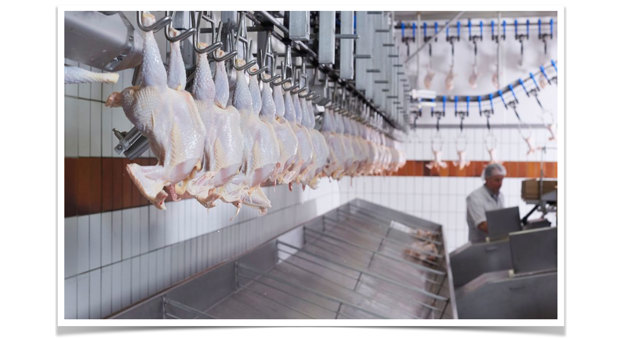
What do you prefer to eat?
There are different kinds of chicken meat, such as drumsticks, chicken breasts and chicken wings. Chicken breast is eaten most often, from a hen or rooster aged 7 to 8 weeks. Meat from slow-growing chickens is also available supermarkets today.
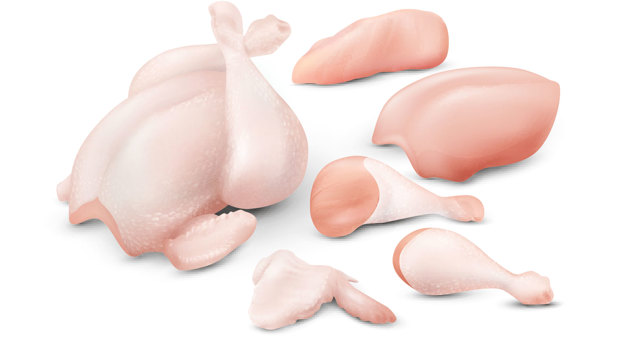
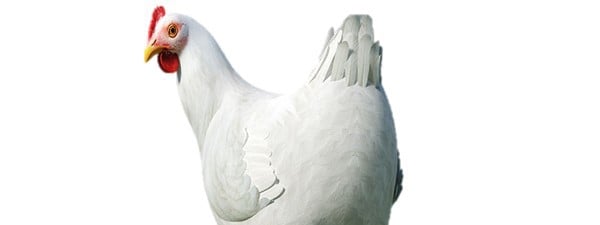
Test your knowledge
Sometimes, when you’re giving a presentation, you might need to ask the audience questions. Why not test your own knowledge here? You could use them in your presentation
